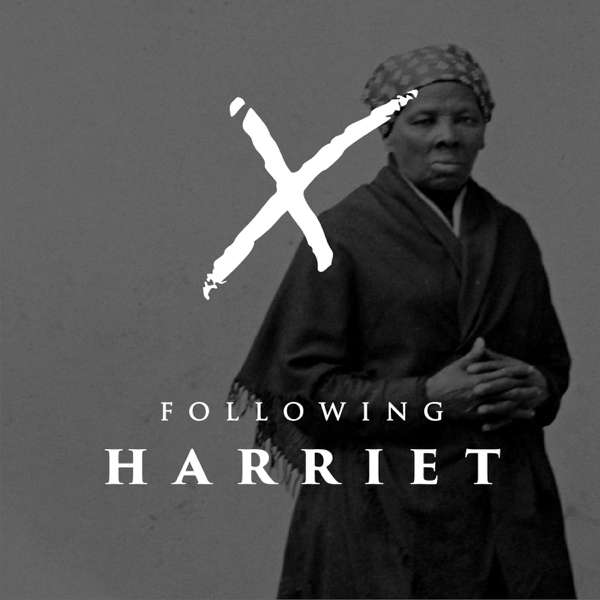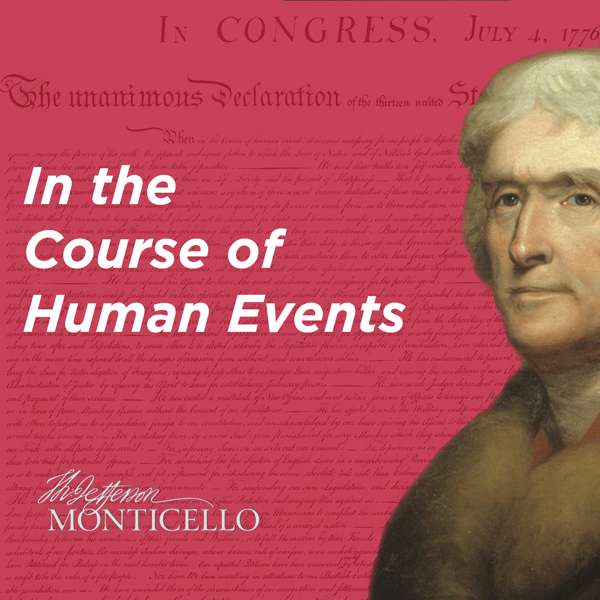The Voynich manuscript is an illustrated codex hand-written in an unknown writing system. The vellum on which it is written has been carbon-dated to the early 15th century (1404–1438), and it may have been composed in Northern Italy during the Italian Renaissance. The manuscript is named after Wilfrid Voynich, a Polish book dealer who purchased it in 1912.
Macabre Grimoire Chapter 2 Voynich Manuscript
Hosts Ari Show, Robert Mehling, and Travis Nye
Produced by Robert Mehling and TheSiouxEmpire.com
Voice Over by Dave Holly
Opening Theme Enhance Your Starry Night by Mouthful of Bees
The Voynich manuscript has been studied by many professional and amateur cryptographers, including American and British codebreakers from both World War I and World War II. No one has yet demonstrably deciphered the text, and it has become a famous case in the history of cryptography. The mystery of the meaning and origin of the manuscript has excited the popular imagination, making the document the subject of novels and speculation. None of the many hypotheses proposed over the last hundred years has yet been independently verified.
The ink and parchment have been analyzed extensively and are all consistent with a book created in the 1400s. The cover of the codex was replaced at some point in the last 200 years as well as the binding. This is not uncommon for manuscripts of the era. The colored paint of the book was likely added at a later date.
Every page in the manuscript contains text, mostly in an unknown language, but some have extraneous writing in Latin script. The bulk of the text in the 240-page codex is written in an unknown script, running left to the right. Most of the characters are composed of one or two simple pen strokes. Some dispute exists as to whether individual characters are distinct, but a script of 20–25 characters would account for virtually all of the text; the exceptions are a few dozen rarer characters that occur only once or twice each. There is no apparent punctuation.
The manuscript’s diagrams include breakdowns of plant biology while others are based on astronomy or astrology. One series of 12 sketches depicts conventional symbols for the zodiacal constellations (two fish for Pisces, a bull for Taurus, a hunter with a crossbow for Sagittarius, etc.). Each of these has 30 female figures arranged in two or more concentric bands. Most of the females are at least partly nude, and each holds what appears to be a labeled star or is shown with the star attached to either arm by what could be a tether or cord of some kind. The last two pages of this section were lost (Aquarius and Capricornus, roughly January and February), while Aries and Taurus are split into four paired diagrams with 15 women and 15 stars each.
The overall impression given by the surviving leaves of the manuscript is that it was meant to serve as a pharmacopeia or to address topics in medieval or early modern medicine. However, the puzzling details of illustrations have fueled many theories about the book’s origin.
The first confirmed owner was Georg Baresch (1585–1662), an obscure alchemist from Prague. Baresch was apparently just as puzzled as modern scientists about this “Sphynx” that had been “taking up space uselessly in his library” for many years. He learned that Jesuit scholar Athanasius Kircher (1602–1680) from the Collegio Romano had published a Coptic (Egyptian) dictionary and claimed to have deciphered the Egyptian hieroglyphs; Baresch twice sent a sample copy of the script to Kircher in Rome, asking for clues. His 1639 letter to Kircher is the earliest confirmed mention of the manuscript that has been found to date.

 Our TOPPODCAST Picks
Our TOPPODCAST Picks  Stay Connected
Stay Connected







